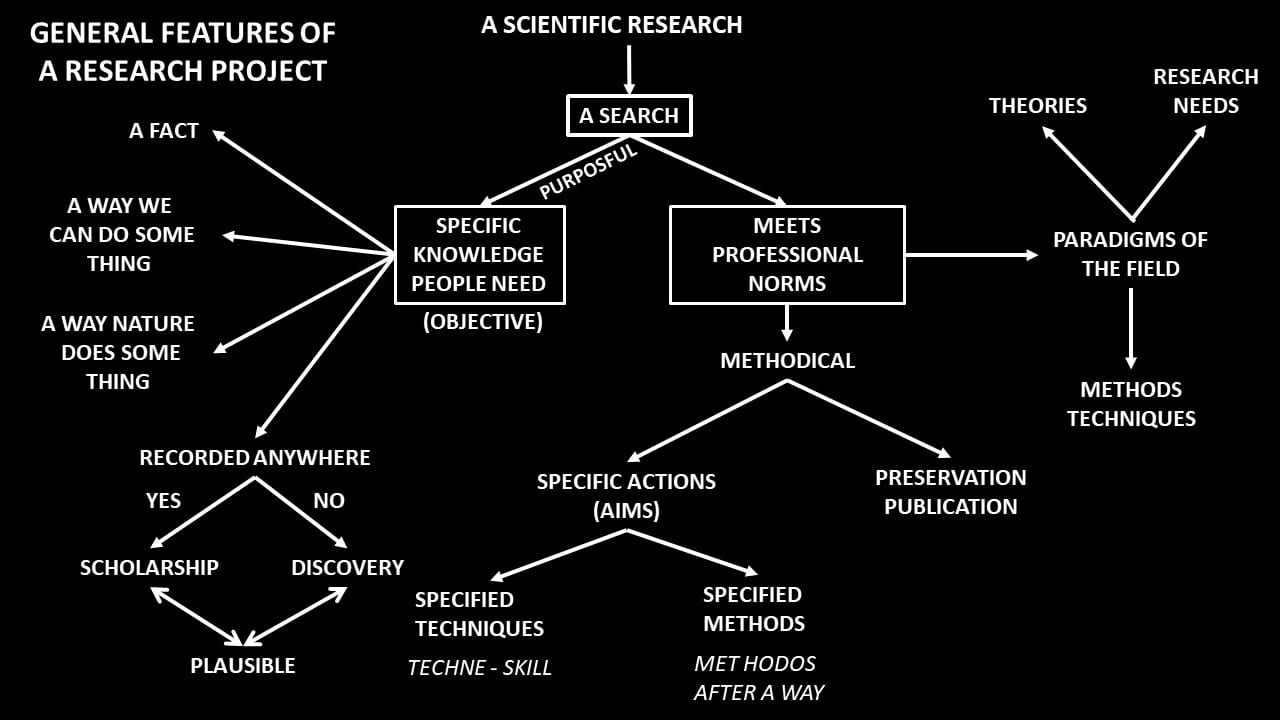
This entire site concerns the science from which we have derived what we offer to patients for prevention of kidney stones. Every article rests on a base of established and peer reviewed science.
We Have Always Had a Science Page
For years I have posted articles about science, for those interested. But they have been a mixture of things that interested me from time to time, not an organized primer one could learn about science from.
I have made such a primer and plan to present here, on this site.
Partly I needed to capture the ideas of science in a physical form to teach it with. Partly I needed to capture ideas in a physical form so I could make them mine.
Stone Prevention Depends on Science
But most of all, I wanted something for kidney stone patients, who depend on what science has taught us for their care. They have every reason to ask how science does what it does, so they can better understand its almost magical powers, and ultimate limits.
The Primer is in Videos
I made my primer as a set of short videos. The featured picture, from my first video, depicts the branches of science and how it organizes itself. It introduces how science works.
As always on this site, materials run a gamut from elementary to complex. They must because those who come run the very same gamut of scientific knowledge and education. Everyone can get something out of these videos, some more than others.
Call these videos version 1.01. They can use a lot of refinements – of ideas and sheer video making technique. But even so they convey a lot about science. I hope some enjoy and benefit.
Overview of Science
One can identify three kinds of sciences in medical research. Empirical research gathers measurements from the world. Essentially this is to convert real life as it is into numbers. Invention is obvious – the creation of new ways we can do things. Archeologists tell us human kind have been doing this since the first stone axes, and zoologists repeatedly show us all forms of animals doing similar kinds of things.
The third science is dreamers, imaginative minds who try to visualize how nature does things – from volcanoes to cancer.
Facts will get you what is there for everyone to see who has the skill and energy to look. Imagination gets you computers and electric cars, and antibiotics – just about all the comforts and conveniences of civilization. It also gets you weapons, too, and worse. And, in the third science, it gets you relativity, Quantum mechanics, Evolution, and unexpected causes of human disease like helicobacter for ulcers, prions for dementia, and – at a more human scale – systolic hypertension for stroke, and fructose for diabetes.
The Video here shows all of this, tells about it, and offers a way in for those who care to come. Others will expand on the ideas, give a sense for their richness and value.


Thank you for a terrific video and thorough explanation of the basics of the SP, aims and methods. What do we know about taking medication prophylactically to assist with assuring blood pressure remains low as we age? (similarly to many patients taking Aspirin 81 mg daily). I liked your example of the souffle! Something all your listeners can readily understand! Thank you.
Hi Carine, If your pressure is rising, it needs treatment. Here is a good article about how to do that. The diet and life style measures for treating hypertension are the same as those that will stave it off in the first place. Best regards, Fred
As you talk about objectives and aims in your discovery portion of the chart, I look at research in your field regarding kidney stones. The objective in a particular example is to find the causes of kidney stones with the aim to diminish their production among other preventatives. There are oxalate charts on the foods we eat, yet some research has vast differences on what to eat and how much can be consumed. Which food diet charts should we follow and how plausible is that research methodology?
I think it’s a conundrum until researchers in your field of expertise establish a universal food guideline chart while operating under strict methodologies. As an example, blueberries or oatmeal, high oxalates or low? I guess it depends on who creates the food chart or does the research to support their claims/facts. Do nut berries have higher oxalate percentages and how much can be part of one’s diet? If you gather various charts from highly regarded institutions who have a wealth of top-tiered publications, you still find yourself in a quandary.
Interesting science research chart when I try and apply my particular research as a former wildlife biologist/GIS specialist with the USGS in the field of ornithology.
Hi Martin, Many of the sites have poor oxalate data. The data here originated at Harvard, and Professor Ross Holmes, a world authority on the matter was kind enough to correct any errors. It is about the best available right now. Diet oxalate is a minor player in prevention of calcium oxalate stones. Here is a note about low oxalate diet. Here is an article about treatment of such stones. Regards, Fred
Hello Doctor,
Let me first mention that I recently watched over all your detail videos a number of times to get a better understanding. I really appreciate the work and effort you put into this to make this as easy as possible for a layman like myself.
I do have a question for you about the urine collection.My question is, does the results change based on volume?
For example, I had a 21mg of oxalate on a 3000ml urine volume collected. If only my urine volume was 2500ml for example, would this mean that my oxalate results would not have been 21mg, but rather lower?
Thank you.
David
Hi David, How thoughtful a question! Kidneys regulate excretion rates of ions and molecules independent of water, so changing urine volume by changing water intake will not change excretion of oxalate. That is why low water intake will raise concentrations, supersaturations, and stone forming propensity. So, no; changing volume will not alter excretion rate of oxalate. Regards, Fred Coe